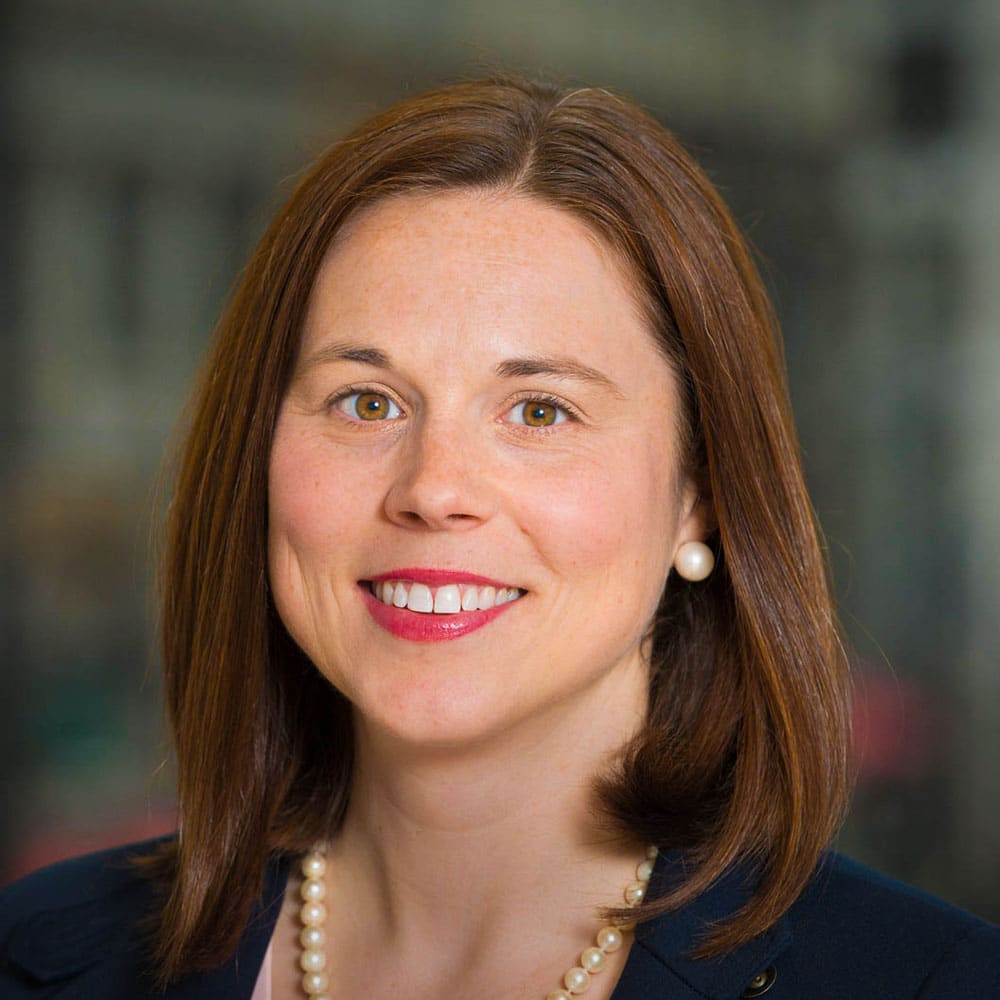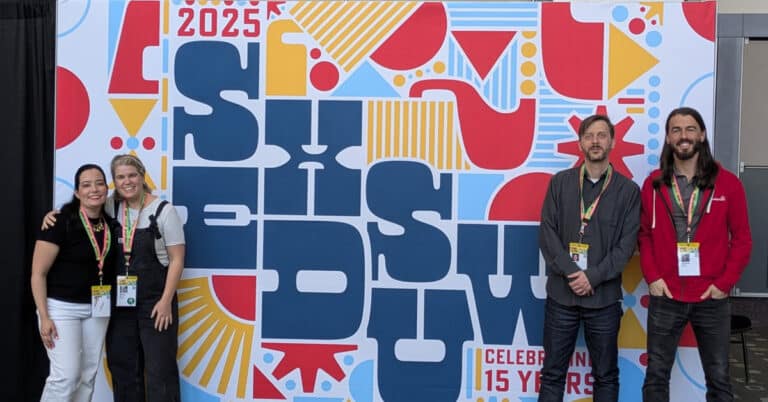At some point within the past year, every school district in the nation had to wrestle with the switch to completely virtual teaching and learning. The pandemic forced the realization that it’s not about when or where students learn, but what they’re learning.
If we’re focused on what students are learning, we recognize that there are so many assets in a community, a classroom or a home that we can pull into the educational experience to ensure each individual student’s needs are met.
And while technology was an essential part of the educational experience during the 2020-21 school year, it wasn’t the only part – and the reliance on technology didn’t work for all learners. An important next step for states, districts and communities is to have conversations about how technology can still be an enabling factor for education, but with the understanding that it isn’t central to the design of how we meet the needs of students.
Build a learning community. Throughout the pandemic we saw community partners stepping up to provide tutoring, virtual field trips or experiential opportunities to demonstrate learning in new ways. While these experiences shouldn’t be a replacement for high-quality, in-person instruction, they were powerful and should be a part of the learning experience going forward.
Explore four steps for how to humanize personalized learning – because our students need it now more than ever.
Learn more >
Focus on relationships. We need to think about what it means to use instructional time differently; to use it in a way that meets the needs of every child and doesn’t exacerbate achievement gaps. Deep, personal relationships provide opportunities to better understand what is holding a student back, or what challenges they are actually facing. It’s about looking at the data but also understanding on a social-emotional level what a learner may be struggling with to start accelerating that student’s learning trajectory. If we don’t build supports that use time differently and prioritize relationships, we’re not going to realize the outcomes we want – and that learners deserve. If we look at Telehealth, for example, individuals can now receive high-quality services and support without leaving their homes. In the education space, learning communities have the opportunity to tap phenomenal experts across the country to support student learning and student well-being, whether that’s through tutoring, community partnerships or mental health services.
Empower learners to engage in peer-to-peer coaching. An educator in a virtual environment may only be able to support one or two learners in any given moment. Empowering students to lead small group discussions or provide peer-to-peer coaching can be really powerful. Small groups happen inside of a classroom, but managing the small groups in a virtual setting, mastering the technology solutions and the facilitation skills, those are compounding skill sets that students will need in the workforce.
We can’t pretend that we’re going to meet student needs solely through a computer. We have to design education systems, using the technologies available to us, that are truly relationship-based, that are attuned to social-emotional learning and academic content.
Human-centered learning represents a systemic shift that aligns learning structures, policies, practices and learning experiences around the flourishing and well-being of the people involved in education – including students, teachers, administrators, families and community members.





